Advanced Materials and Manufacturing Techniques for Marine Anchor Production
Marine anchors serve as the steadfast link between vessels and the bottom, giving stability and security in the volatile and often hostile marine environment. To achieve best performance, reliability, and durability, marine anchor manufacturers must pay close attention to material selection and manufacturing procedures. In recent years, significant innovations in both materials and manufacturing techniques have transformed the landscape of marine anchor production, resulting in more efficient, durable, and sustainable solutions.
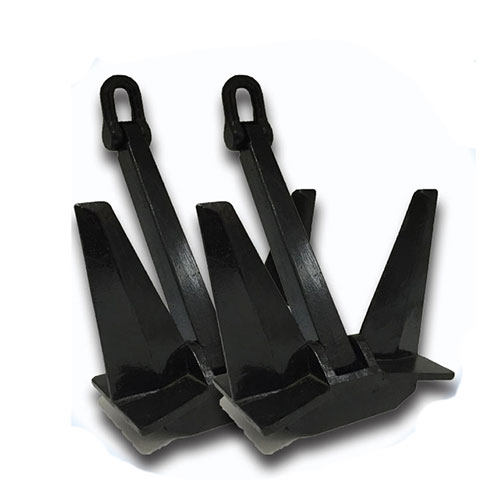
Traditional Materials for Marine Anchor Production
| Material | Description |
| Cast Iron | Cast iron anchors have been used for centuries due to their durability and resistance to corrosion. They are relatively heavy and provide good holding power in various seabeds. |
| Wrought Iron | Wrought iron anchors were commonly used in the past for their strength and reliability. They were typically hand-forged and featured a simple design with flukes and a shank. |
| Steel | Steel anchors are widely used in modern marine applications due to their high strength-to-weight ratio and versatility. They can be fabricated in various shapes and sizes to suit different vessel sizes and anchoring conditions. |
| Galvanized Steel | Galvanized steel anchors are coated with a layer of zinc to enhance corrosion resistance. They are durable and suitable for long-term use in saltwater environments. |
| Stainless Steel | Stainless steel anchors offer superior corrosion resistance, making them ideal for marine applications where exposure to saltwater is prevalent. They are lightweight and easy to handle. |
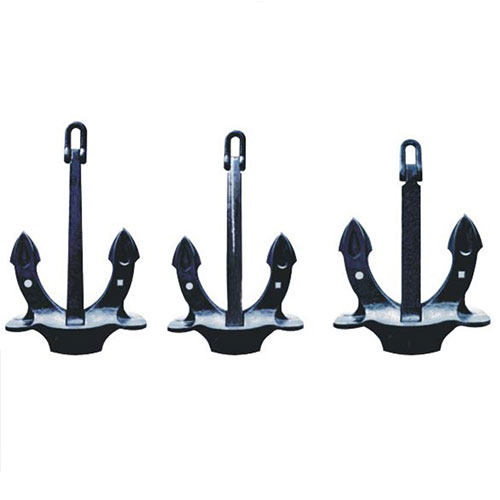
Innovations in Materials for Marine Anchor Production
1. High-Performance Alloys
Traditionally, marine anchors were primarily forged from high-strength steel due to their longevity and strength. However, advances in metallurgy have resulted in the creation of high-performance alloys with superior qualities such as increased strength, corrosion resistance, and fatigue resistance. These alloys, such as duplex stainless steels and high-strength aluminum alloys, are increasingly being used in marine anchor construction to improve performance and longevity.
Duplex stainless steels, for example, combine the strength of martensitic steels with the corrosion resistance of austenitic steels, making them ideal for marine applications where both strength and corrosion resistance are critical. Similarly, high-strength aluminum alloys offer significant weight savings without compromising on strength, making them well-suited for lightweight anchor designs.
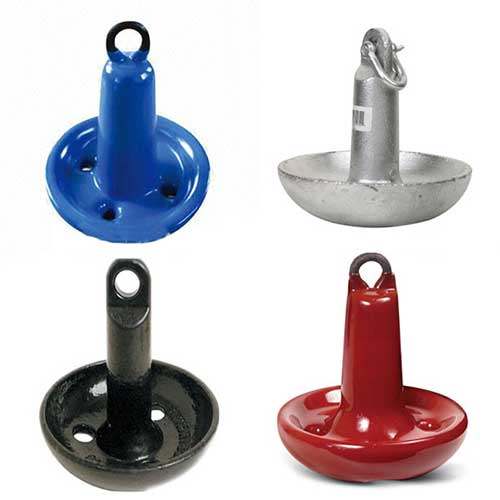
2. Composite Materials
Composite materials, such as fiber-reinforced polymers (FRPs), have gained appeal in marine anchor design due to their high strength-to-weight ratio and corrosion resistance. FRP anchors are normally constructed by embedding high-strength fibers, such as carbon or glass fibers, in a polymer matrix, resulting in anchors that are lightweight, robust, and corrosion-resistant.
One of the primary benefits of composite anchors is their capacity to withstand galvanic corrosion, which occurs when dissimilar metals come into contact in a hostile environment. This makes composite anchors ideal for use in saltwater situations where galvanic corrosion is a frequent occurrence. Furthermore, composite anchors can be adapted to individual applications by changing the kind and orientation of the fibers, resulting in improved performance and durability.
Advancements in Manufacturing Techniques for Marine Anchor Production
1. Computer Numerical Control (CNC) Machining
CNC machining has transformed the fabrication of maritime anchors by allowing for precise and automated machining of anchor components. CNC machines employ computer-aided design (CAD) software to produce toolpaths and control the movement of cutting tools with extreme precision. This enables the manufacture of complicated anchor shapes with tight tolerances and clean surface finishes.
CNC machining has various advantages over traditional machining technologies, including higher productivity, shorter lead times, and better reproducibility. By eliminating the need for manual intervention, CNC machining reduces the risk of human mistake and provides consistent quality across large production runs. Furthermore, CNC machining enables rapid prototyping and modification, allowing producers to swiftly iterate on anchor designs and customize them to specific customer requirements.
2. Additive Manufacturing (3D Printing)
Additive manufacturing, also known as 3D printing, has emerged as a disruptive technology in marine anchor production. Unlike traditional subtractive manufacturing processes, which involve removing material from a solid block to create a part, additive manufacturing builds up parts layer by layer from digital designs. This allows for the production of highly complex anchor geometries that would be difficult or impossible to achieve using conventional methods.
Additive manufacturing offers several advantages for marine anchor production, including reduced material waste, shorter lead times, and increased design flexibility. By printing anchors directly from digital designs, manufacturers can eliminate the need for costly tooling and machining operations, resulting in significant cost savings. Additive manufacturing also enables on-demand production of anchors, reducing inventory costs and improving supply chain efficiency.
3. Advanced Casting Techniques
Traditional casting techniques, such as sand casting and investment casting, have been used for centuries to produce metal components, including marine anchors. However, recent advancements in casting technology have led to the development of advanced casting techniques that offer improved accuracy, efficiency, and quality.
One such advancement is the use of computer simulation software to optimize casting processes and predict defects before they occur. By simulating the flow of molten metal and predicting solidification patterns, manufacturers can optimize casting parameters to minimize porosity, shrinkage, and other defects, resulting in higher-quality castings.
Another advancement is the use of rapid prototyping technologies, such as 3D sand printing, to create intricate sand molds directly from digital designs. This allows for the rapid production of prototype castings and the testing of new anchor designs before full-scale production.
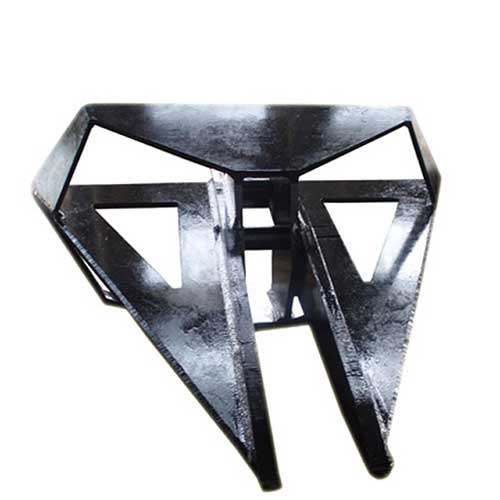
4. Advanced Coatings
In addition to advanced alloys and composites, innovative coatings have emerged as a key area of focus in marine anchor development. These coatings are applied to the surface of the anchor to provide additional protection against corrosion, abrasion, and fouling, thereby extending the lifespan of the anchor and reducing maintenance requirements.
Ceramic-metallic composite coatings are one type of advanced coating that combines ceramic corrosion resistance with metal toughness. These coatings provide a protective barrier on the anchor’s surface, preventing corrosion and erosion in hostile marine environments. Other novel coatings, such as self-healing and nanocomposite coatings, provide additional benefits such as increased durability and resistance to fouling.
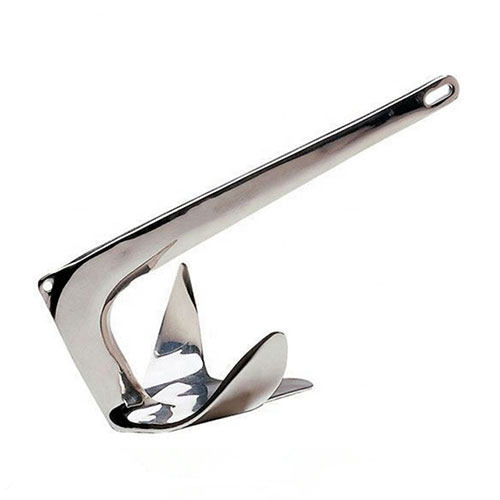
Conclusion
The convergence of advanced materials and manufacturing technologies is ushering in a new era of innovation in marine anchor production. Manufacturers may use these improvements to produce marine anchors that are lighter, stronger, more durable, and environmentally friendly than ever before.


